Imagine a boy running with wolves, howling under the moonlight, and surviving in the depths of the jungle. While it sounds like something out of a Disney movie, the real-life inspiration for The Jungle Book is far darker and more mysterious. Dina Sanichar, a feral child found in the wilds of India, lived a fascinating and heartbreaking life. His story blurs the lines between myth and reality, revealing the incredible bond between humans and animals—and the harsh truths of survival.
1. A Boy Found in a Wolf Pack

Wikipedia
In 1867, hunters in India discovered something straight out of a storybook: a boy living among wolves. He crawled on all fours, snarled, and refused to leave his wolf family. Taken to an orphanage, this wild child—later named Dina Sanichar—had spent years surviving as part of the pack. But his life wasn’t a fairytale. It was an extraordinary tale of survival and adaptation that made people wonder: how much of him was human, and how much was wolf?
2. He Lived Like a Wolf
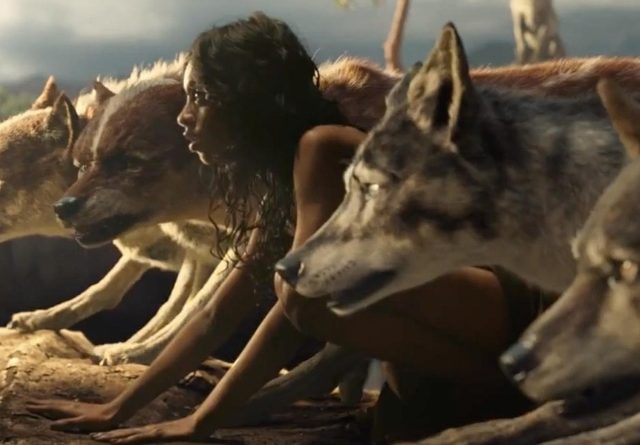
YouTube
Dina didn’t just live with wolves; he became one of them. Crawling on all fours, eating raw meat, and howling to communicate, he adopted their way of life completely. Unlike Mowgli’s cheerful adventures, Dina’s existence in the wild was all about survival. His movements and instincts were so wolf-like that people often forgot he was human at all. His bond with the pack was proof of nature’s power to shape us in unexpected ways.
3. He Refused Cooked Food
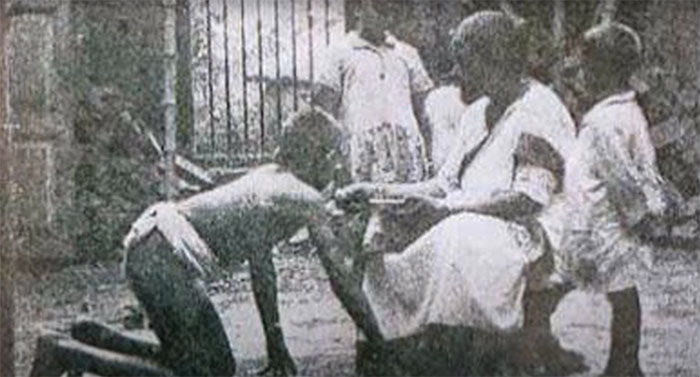
YouTube
When offered cooked meals, Dina turned up his nose. He preferred raw meat, tearing into it like a true predator. His caregivers tried to change his diet, but Dina’s wolf instincts were too strong. Watching him gnaw on bones shocked everyone—it was fascinating and unsettling. This wasn’t a child pretending to be an animal; this was a boy who lived and ate as wolves do.
4. He Never Learned to Speak

YouTube
Unlike Disney’s Mowgli, who chatted with Baloo and Bagheera, Dina never learned to speak. His years in the wild had erased any connection to human language. Though his caretakers tried to teach him, Dina communicated only through growls, gestures, and occasional howls. It was as though he belonged more to the jungle than the human world, and his silence made him a haunting figure.
5. His Teeth Were Like a Predator’s
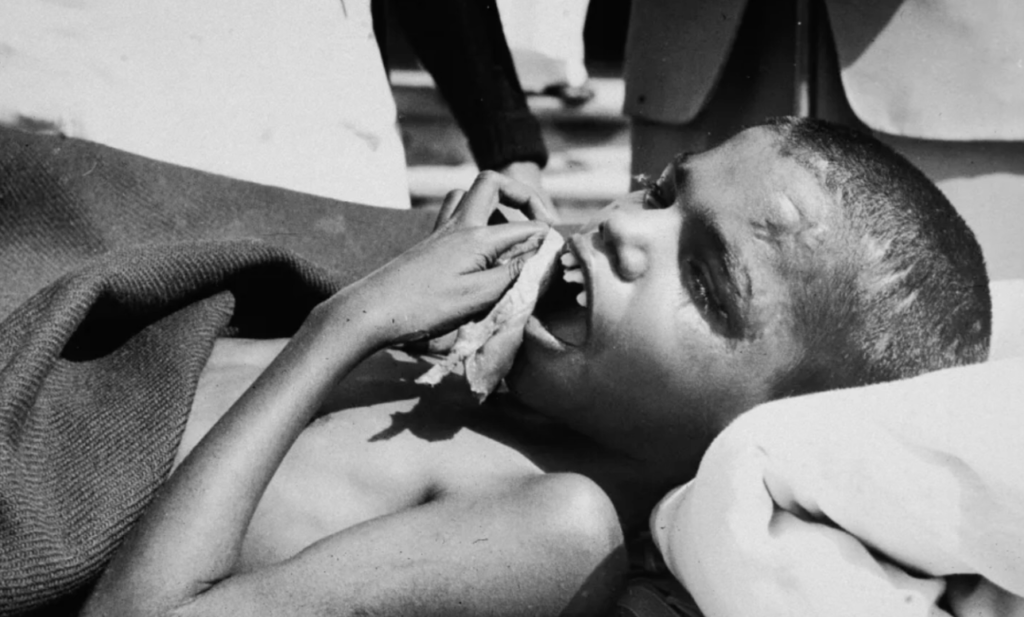
YouTube
Dina’s life in the wild had transformed him physically. His teeth, sharpened from gnawing on raw bones, resembled those of a predator. It gave him a fierce, wolfish appearance that amazed and frightened those who met him. Dina’s grin wasn’t the smile of a child but the menacing look of someone who had survived by hunting and scavenging alongside wolves.
6. Wolves Fought to Protect Him

When hunters tried to take Dina from his pack, the wolves didn’t let him go without a fight. They snarled and attacked, defending him as one of their own. For Dina, this was his family—wolves who had raised and protected him. The love and loyalty they showed made people question whether taking him away was really the right thing to do.
7. He Couldn’t Adapt to Human Life
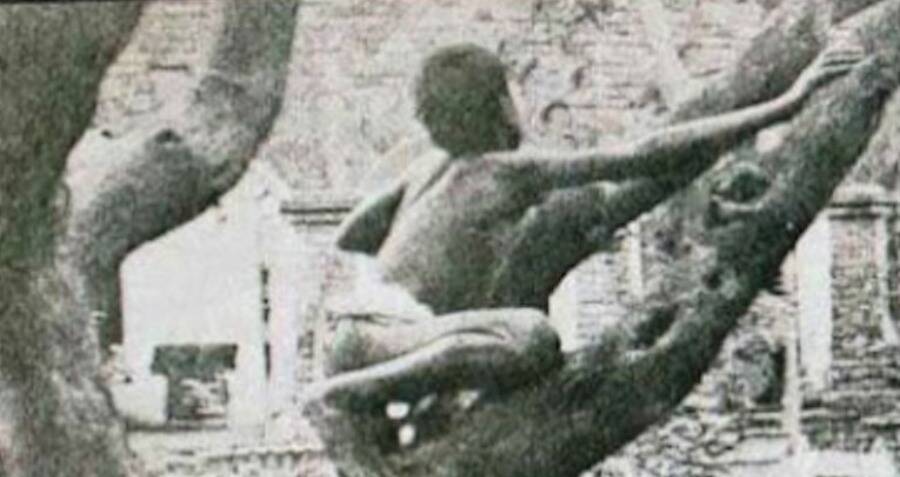
YouTube
After being “rescued,” Dina struggled to live among humans. He didn’t wear clothes comfortably, preferred crawling to walking upright, and couldn’t form bonds with others. No matter how hard people tried, Dina remained wild at heart. His story is a reminder that not everyone can adapt to the world they’re thrown into—and sometimes, the wild feels more like home.
8. He Had Superhuman Instincts

YouTube
Dina’s senses were astonishing. He could detect danger long before anyone else, just like his wolf pack taught him. His reflexes were sharp, his hearing was acute, and his survival instincts were unmatched. These traits made him seem almost magical, a boy with abilities that most humans could only dream of. Dina’s heightened awareness was a lasting gift from his life in the wild.
9. The Real-Life Jungle Book
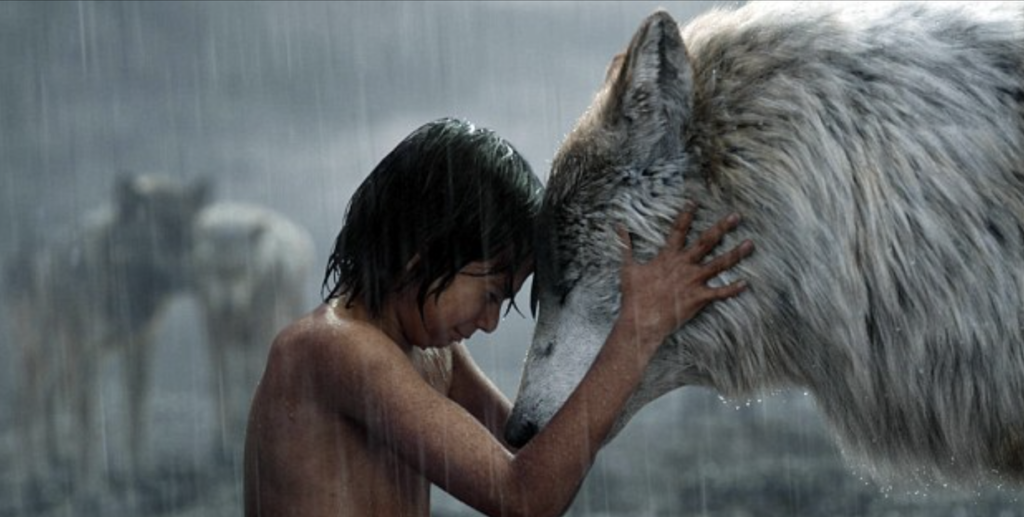
YouTube
Dina’s story inspired many—including Rudyard Kipling, who likely used his tale as the basis for The Jungle Book. While Kipling’s Mowgli had adventures filled with singing animals and jungle friendships, Dina’s life was far darker and lonelier. His story captured the imagination of people worldwide, showing how thin the line is between humanity and the animal kingdom.
10. He Wasn’t the Only Wild Child

YouTube
Dina wasn’t alone. In the 1800s, other children were found living among animals in India, including wolves, monkeys, and even leopards. These stories fascinated colonial officials and scientists, who tried to study these feral children. But Dina’s tale stood out as the most famous, becoming a symbol of nature’s ability to raise and protect even the most vulnerable.
11. He Died Young and Forgotten
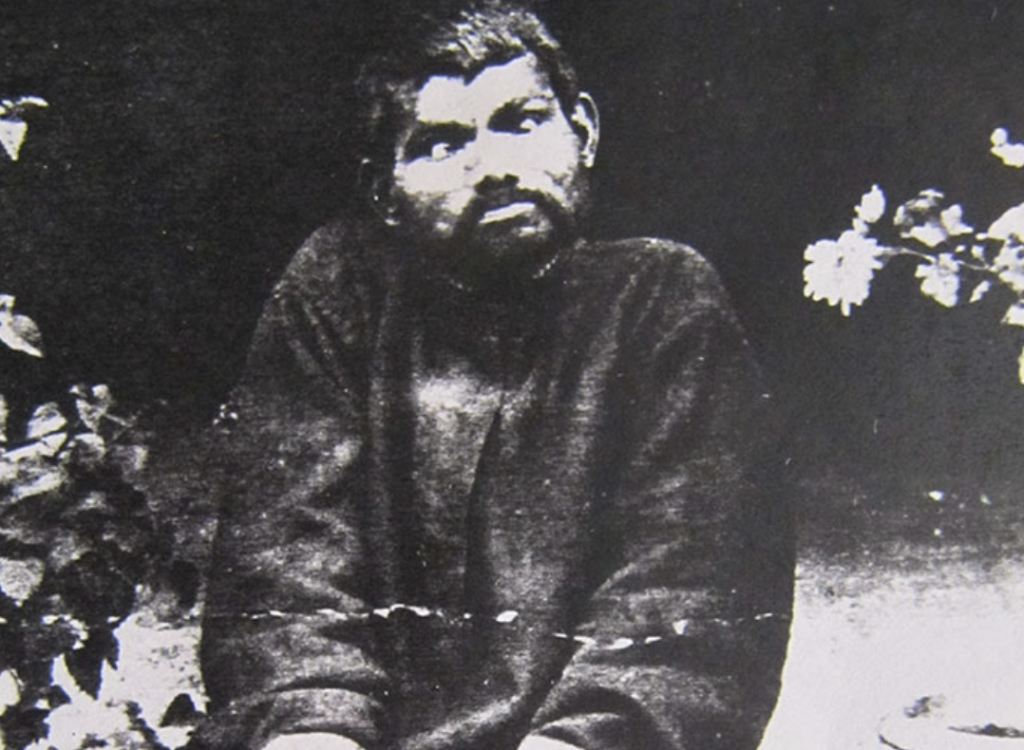
YouTube
Dina’s life after the wild wasn’t a happy one. He spent his days in an orphanage, misunderstood and studied like a strange specimen. By age 35, he died of tuberculosis—a lonely and tragic end. Dina’s story became a cautionary tale, showing the price of taking someone away from the only life they’ve ever known.
12. Wolves Treated Him Better Than Humans Did
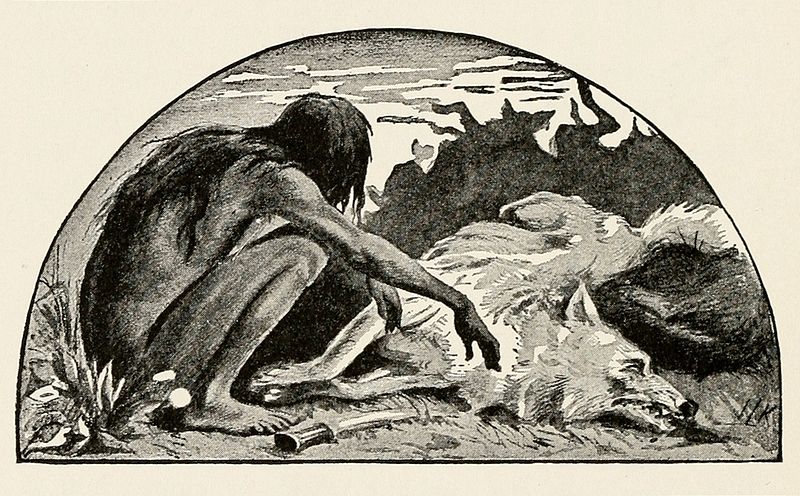
Wikipedia
Though humans “rescued” him, Dina was never treated as an equal. Scientists and caretakers treated him as an object of curiosity, not as a person. His wolf family, on the other hand, had accepted him completely, protecting and raising him as one of their own. Dina’s story shows how animals can sometimes show more compassion than humans.
13. He Couldn’t Be Tamed

YouTube
No matter how long Dina lived among humans, the wolf inside him never faded. He crawled, growled, and preferred the wilderness to the comforts of civilization. His story isn’t about taming nature but about how deeply it shapes us. Dina remained a wild child until the very end, his spirit untamed by the world around him.
14. A Haunting Legacy
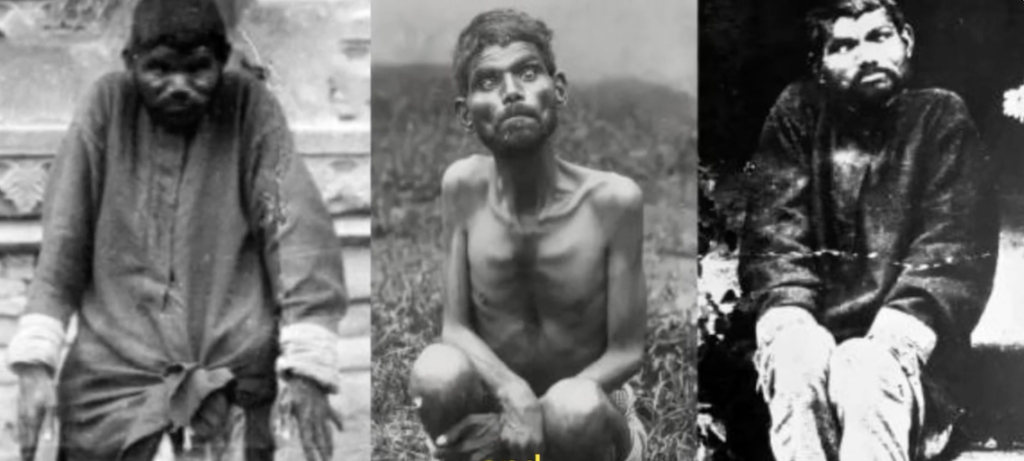
Dina’s life continues to captivate people, a real-life Jungle Book story that’s far more haunting than the Disney version. His tale isn’t just about survival—it’s about identity, family, and the bond between humans and animals. While Mowgli’s story has a happy ending, Dina’s reminds us of the harsh realities of life in the wild—and what happens when we take someone away from the only home they’ve ever known.
Dina Sanichar’s tale is a haunting reminder of nature’s power to nurture and the challenges of being torn from it. Unlike Mowgli’s cheerful adventures, Dina’s life was one of isolation and struggle, but it captivated the world and inspired one of the most beloved stories of all time. His legacy continues to remind us of the mysteries of the wild and the fragile balance between human and animal worlds. Sometimes, the truth really is stranger than fiction.


